Magic circle firm Allen & Overy is the latest to reveal its gender pay gap data, reporting a near 20% disparity (mean) in hourly pay. The 19.8% gap shows the difference between the average hourly rate for all men and all women at the firm – regardless of their seniority. The median hourly pay gap, the difference between the ‘middle rate’ of pay for men and women, is 27.4%.
In terms of bonuses, 53.2% of women at the firm received a bonus compared to 55.5% of men. Those figures relate to the 12 months ending 5 April 2017.
The data is further broken down into four quartiles ranging from lowest to highest – each of which have their own mean pay gap.
As with other firms that have reported so far, including A&O’s magic circle rival Linklaters, it is recognised that there are ‘significantly’ more women in the lower pay quartile and that men occupy fewer administrative roles.
For example, the data shows that in the lower quartile the gender pay gap is -4.9% while in the upper quartile it stands at 13.6%.
As with other top firms, data for partners is not included. The firm told the Gazette the government’s requirements specifically applied to ‘employees’, which partners are not, and that including the data ‘would not tell us anything we don’t already know – that there are not enough women in the senior positions’.
The firm said: ‘We know that women become less well represented in more senior positions. This is something that we are actively working to improve.’ It added: ‘We have rigorous systems in place to review, benchmark and moderate our salaries and bonuses to ensure we pay our people fairly for the work they do. We recognise that we need to create a better gender balance in the top levels of our organisation.’
Sasha Hardman, global HR director at the firm, said the figures confirmed that there is not enough female representation in senior roles.
She said the firm is encouraging progression and retention of women through sponsorship initiatives and coaching and was also changing its approach to performance management so that is not ‘backward looking’ but more focused on ‘ongoing career conversations’.
She added that the firm was looking beyond its target of 20% female representation in the partnership by 2020 and is instead focused on continual progress.

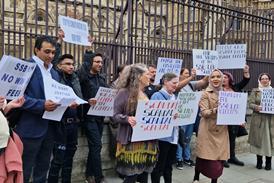

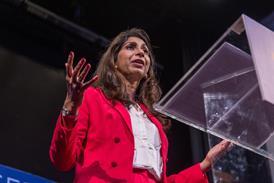

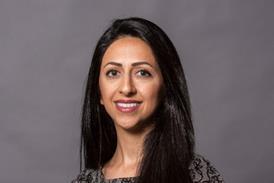

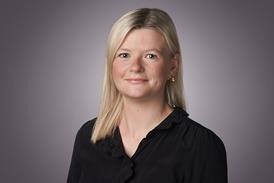

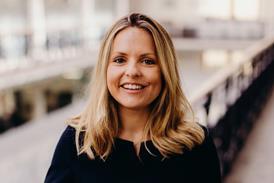
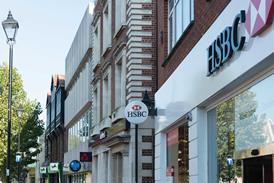





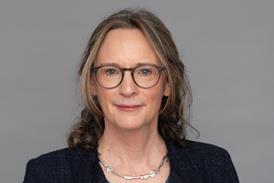

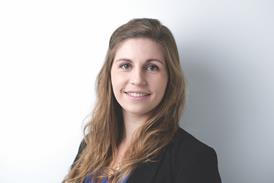







3 Readers' comments